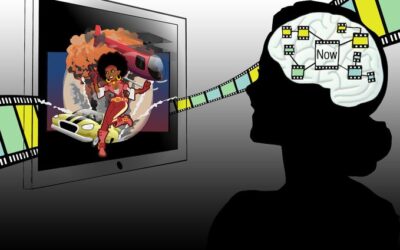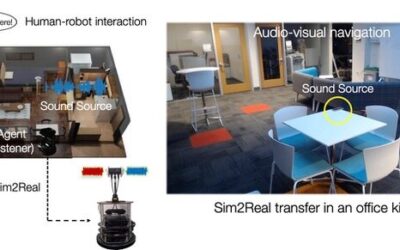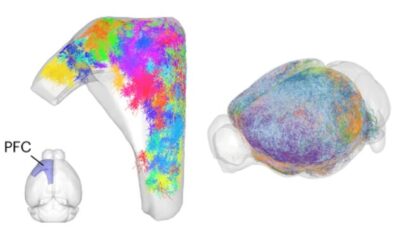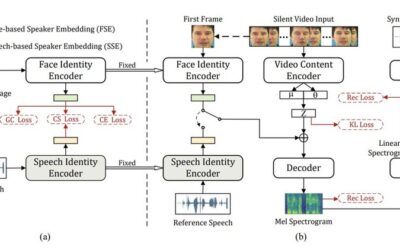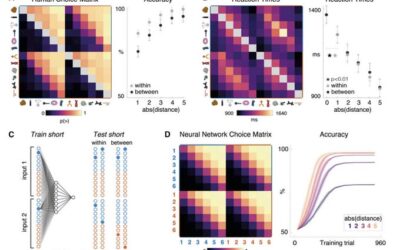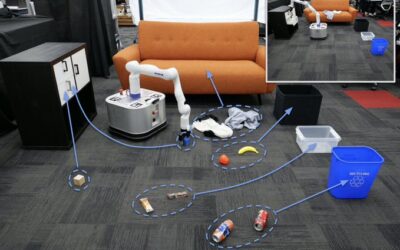Work
Study finds that the human brain reactivates mental representations of past events during new experiences
Neuroscience studies have showed that as mice and other rodents navigate a maze, their brain often "replays" relevant past events. This mental replaying of events, such as the route taken until...
A multisensory simulation platform to train and test home robots
AI-powered robots have become increasingly sophisticated and are gradually being introduced in a wide range of real-world settings, including malls, airports, hospitals and other public spaces. In...
Mapping the curvature where electrons reside in Kagome materials
Kagome metals are a class of quantum materials with interesting properties that are characterized by a unique lattice structure resembling Japanese woven bamboo patterns of the same name (i.e.,...
Study reconstructs thousands of dendrites and axons in the mouse prefrontal cortex
The prefrontal cortex (PFC) is a crucial part of the mammalian brain, known to be involved in decision-making, planning, complex social behavior and integrating the activity of other brain regions....
An origami-based haptic device that could enhance virtual reality experiences
The performance and realism of virtual reality (VR) technology has significantly improved over the past decade, allowing users to immerse themselves in digital content in ways that were previously...
A model that can create synthetic speech that matches a speaker’s lip movements
Machine learning models can help to solve several real-world problems faster and more efficiently. One among these problems involves synthesizing speech for both animated characters and human...
A scalable method to create ferroelectric FETs based on AlScN and 2D semiconductors
A key objective in the electronics engineering field is to develop transistors and other electronic components that are increasingly compact and efficient, utilizing readily available processes and...
Team creates modular continuous robot based on origami-folded tubes
In recent years, roboticists have created a growing number of autonomous systems based on different structures and designs. Among these are modular robots, which are composed of different elements...
Exploring how the human brain and artificial neural networks assemble knowledge
As humans explore the world around them and experience new things, they innately start to make sense of what they encounter, creating mental connections between the objects, people, places, and...
Teaching robots to tidy up based on user preferences using large language models
Different people tend to have unique needs and preferences—particularly when it comes to cleaning or tidying up. Home robots, especially robots designed to help humans with house chores, should...

